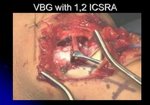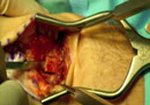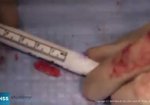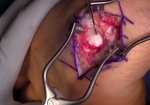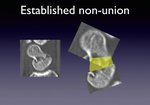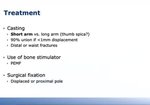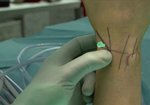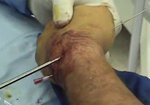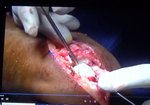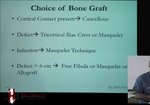Playback speed
10 seconds
3,969 views
November 27, 2017
This video presents a simple surgical technique associated with reliable union rates and good patient ...
read more ↘ outcomes for scaphoid AVN, which has classically been described as difficult to treat. This procedure simplifies the surgical technique, decreases patient morbidity from grafting, and offers reliable union rates and good patient outcomes.
Pure cancellous graft deserves consideration for its superior osteoconductive and osteoinductive characteristics, and its faster time to incorporation as compared to either cortical or corticocancellous graft. However, the use of cancellous graft demands fixation that can structurally support the graft as it incorporates. The authors believe that the plate provides successful fixation for this technique because of specific attributes: (1) maintenance of the nonunion defect and preservation of scaphoid height to allow for application of non-structural cancellous graft; (2) rotational control for small proximal pole fractures; and (3) minimizing space-occupying metal within the bone, and consequently maximizing the surface area of bony contact for healing.
↖ read less
read more ↘ outcomes for scaphoid AVN, which has classically been described as difficult to treat. This procedure simplifies the surgical technique, decreases patient morbidity from grafting, and offers reliable union rates and good patient outcomes.
Pure cancellous graft deserves consideration for its superior osteoconductive and osteoinductive characteristics, and its faster time to incorporation as compared to either cortical or corticocancellous graft. However, the use of cancellous graft demands fixation that can structurally support the graft as it incorporates. The authors believe that the plate provides successful fixation for this technique because of specific attributes: (1) maintenance of the nonunion defect and preservation of scaphoid height to allow for application of non-structural cancellous graft; (2) rotational control for small proximal pole fractures; and (3) minimizing space-occupying metal within the bone, and consequently maximizing the surface area of bony contact for healing.
↖ read less
Comments 0
Login to view comments.
Click here to Login
